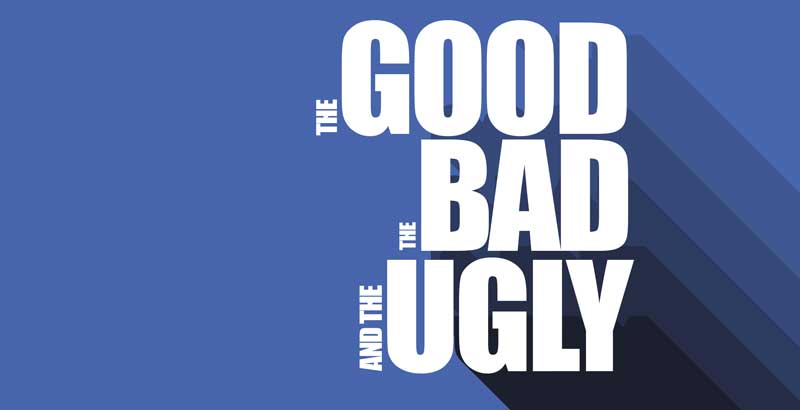It’s good to see that Facebook’s advertising platform hasn’t stopped evolving. In the span of a few years, quite a number of updates have emerged, some that I probably wouldn’t understand if I wasn’t in the advertising industry myself.
One of my favourites is undoubtedly the new call now button. If you’ve ever sent a message to a Facebook page before, you would understand the frustration of most when it takes the admin almost two weeks to respond. With the added feature, you can get immediate responses and be at ease. Just imagine what this can do for an e-commerce page, connecting advertisers to users instantly.
Another major update for me has to be the fairly recent ads payment method. Advertisers are now allowed to pay in local currency, replacing the previous means of using dollars and pounds. Truly, this couldn’t have come at a better time, with the current economic meltdown bringing some businesses to their knees.
Now, as much as Facebook is optimizing the marketing side of the platform, advertisers have a lot of work to do. For instance, there has been a significant drop in organic reach over the years. Back in 2012, you could publish a post and be confident that more than 15% of your fans would see it. According to a 2015 research report by Social@Ogilvy , this number has now significantly dropped to 2% for pages with more than 500,000 likes.
So what happens to business owners who depend on their Facebook posts to drive traffic, leads and sales? While Facebook responded, saying the reason for this decline is to improve UX by only showing the most relevant content, we know the truth. Facebook wants to make more money. That’s why they are in business after all. A lower organic reach will force businesses to use paid advertising options, benefitting the company in the process.
Of what use is a fantastic creative design if only 500 of your 150,000 fans will see the post, and the best you get is ONE “like”?
While this decline is bad for businesses, it creates opportunities for advertisers to do more with these in mind:
1. Content is king. Analytics is the kingmaker. Analytics allows you know what is working and what is not. If infographics do better than long articles, share more (relevant) infographics. And if recipes get more engagement than product offering posts, subtly include your products in your recipes.
2. Great content is good, but don’t flood your fans’ timelines with too many posts. Your client wants you to publish four posts in a day. They feel it’s cool; it shows you are working. More posts don’t necessarily get you more engagement though. I’ve had to unfollow some pages (on Facebook and Instagram), because I felt they were saying too much. Except it’s absolutely necessary, one or two posts should do in a day.
3. Try AB testing. Most brands post around 10am and 3pm. How about targeting a different time of the day to compare and know when you get the most engagement?
4. Promote relevant posts. If you are on a budget and you have KPIs (key performance indicators) to meet, channel your budget to help achieve those KPIs.
5. Let your clients understand they need to spend more money. The economy is bad, we know, but Facebook engagement is in a recession too, so they should take note.
6. How do you get your page likes? Your client sells football kits and wants to sell to men only. So it’s best to target just guys when promoting the page. If 70% of your fans are women, the media spend is a waste. Your page is likely to get a higher reach and engagement if your page is relevant to your fans. Remember, if your content is interesting and engaging enough, people will react and pass it on.
Photo credit: Businessday Review


